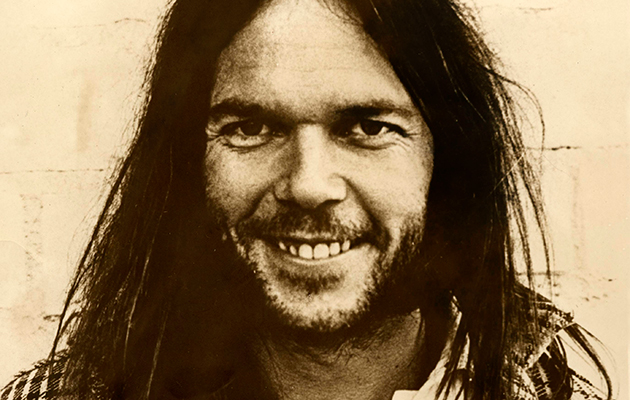Originally published in Uncut's December 2004 issue In this epic archive feature, Neil Young himself explains the making of every single song on his Greatest Hits album. "I wrote a lot of songs when I couldn’t talk…" _________________ Neil Young is just back from playing several dates o...
Harvest Moon
Album: Harvest Moon
Released: November 1992
Recorded: Woodside, California, summer 1992
The ghost of Harvest, the most commercially successful album of Young’s career, had haunted him ever since its release in 1972, creating what he regarded as a false impression of him as a gentle singer-songwriter to rank alongside the likes of James Taylor and Jackson Browne.
Although there had been further acoustic records, notably 1978’s Comes A Time, he spent much of the next 20 years attempting not to follow-up his most successful release. It was a considerable surprise, therefore, when he let it be known in 1992 that he was assembling an album that he openly referred to as “Harvest II”.
“There’s nothing angry or violent about this new music. It’s about relationships and feelings. There’s a lot of love in it,” he told Nick Kent prior to the album’s release. “It certainly sounds like the sequel to Harvest. I have no problem with that, though. I’m not backing away from that side of me any more. When’s the next Harvest coming out? Farmers have been asking me that for years.”
He even reassembled The Stray Gators and arranger Jack Nitzsche, along with James Taylor and Linda Ronstadt, who’d provided backing vocals on Harvest.
Yet by the time Harvest Moon was released, Young had grown more wary of the comparison. “This is not ‘Harvest II’, ” he insisted to Johnnie Walker on Radio 1. “They only compared it to Harvest because Harvest was a big success and this has Harvest in the title. There are obvious things to connect up the two. But without Harvest this would still be Harvest Moon and stand on its own.”
The title track typified the album, an acoustic collection of songs about relationships, but written from the perspective of someone in their forties rather than their twenties.
“The idea is I sang about the same subject matter with 20 years more experience,” Young explained. To Allan Jones, he added: “Harvest Moon is about continuance, about trying to keep the flame burning. It’s about the feeling that you don’t have to be young to be young.”
Nigel Williamson is the author of Journey Through The Past – The Stories Behind The Classic Songs Of Neil Young (Carlton Books)
The following works were also invaluable in preparing this article: Shakey – Neil Young’s Biography by Jimmy McDonough (Jonathan Cape); Neil Young – Zero To Sixty by Johnny Rogan (Calidore Books)



